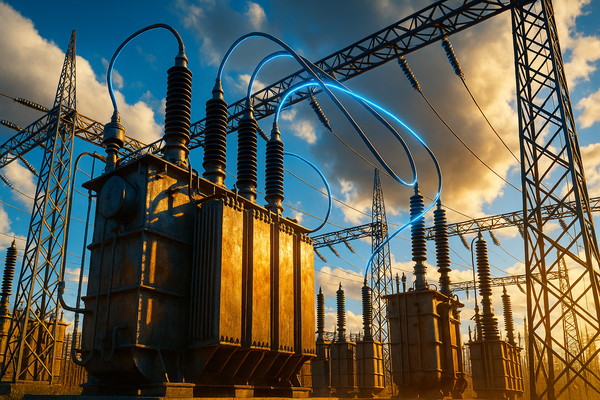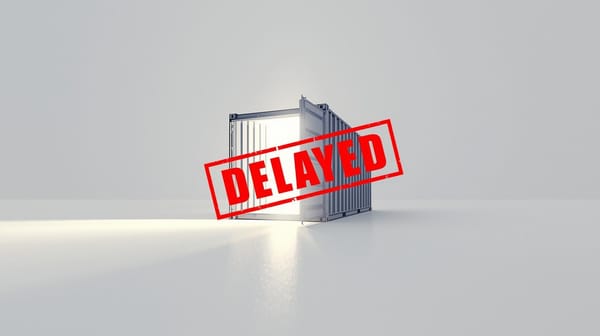The Transmission Upgrade Arbitrage: How Policy, Permitting, and Equipment Scarcity Are Repricing Time-to-Power

🕒 The New Commodity: Time-to-Power
In 2025, the most valuable resource in digital infrastructure isn’t megawatts — it’s months.
Developers and investors once modeled their projects around access to land, capital, and power purchase agreements. But a convergence of regulatory reform, grid congestion, and manufacturing scarcity has created something new: an arbitrage on time itself.
Projects with interconnection rights and transformer slots now trade at a premium that can rival land appreciation in Northern Virginia or Dallas. The market is beginning to reprice “time-to-power” as a quantifiable financial variable — and early movers are already capturing the spread.
⚙️ The Policy Shock: FERC Order 1920 and DOE Loan Leverage
When the Federal Energy Regulatory Commission (FERC) released Order 1920 earlier this year, most headlines framed it as a bureaucratic modernization. The fine print was far more consequential.
Order 1920 requires regional transmission operators (RTOs) to plan 20-year system expansions, integrating data-center load forecasts, renewable interconnections, and local reliability upgrades into a single forward plan.
That shift breaks the short-term, project-by-project approval cycle that created America’s 10-year interconnection backlog.
At the same time, the Department of Energy’s Loan Programs Office (LPO) has earmarked over $10 billion in loan guarantees to accelerate transmission and transformer manufacturing. The first recipients aren’t building new greenfield lines — they’re upgrading brownfield corridors where rights-of-way and permits already exist.
Together, these two levers form a new market axis: policy-enabled time compression.




